What is Chaturanga Dandasana (Four-Limbed Staff Pose)?
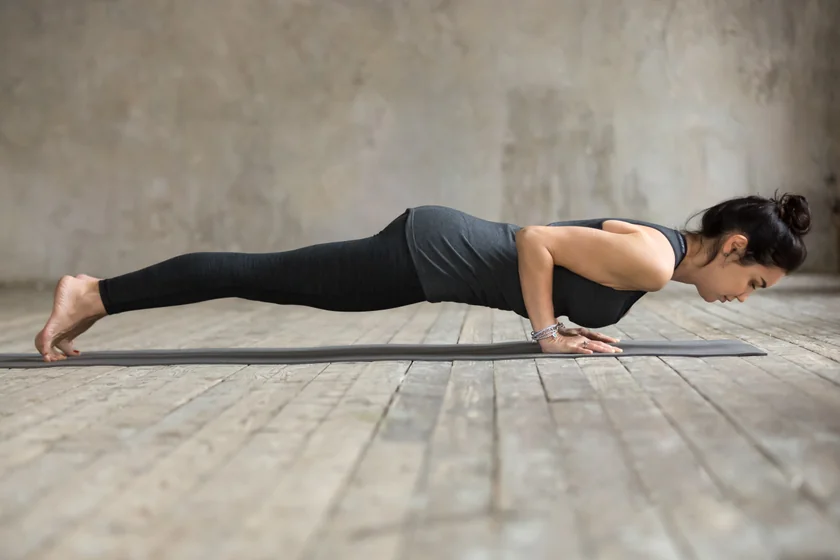
Chaturanga Dandasana, or Four-Limbed Staff Pose, is a yogi variation of push-ups and low planks. This pose requires you to balance with your arms, and it stimulates your core balance, shoulder strength, and spinal alignment.
This pose is typically used as a strength-building yoga asana in your upper body and core, and it’s part of many yoga dynamic flows like Surya Namaskar.
This low plank yoga asana can be super challenging for newbies. That’s why it’s important to focus intently on your practice and seek balance with 'Dharana' (focusing on your alignment).
Overview & Etymology
The name Chaturanga Dandasana comes from the Sanskrit words, "Chatur" which means Four, "Anga" which means Limb, "Danda" which means Staff, and "Asana" which means Posture.
This pose first appeared in the 1896 book Vyayama Dipika (Gymnastics Manual). It was adopted into modern yoga by Krishnamacharya, and he mostly used this pose for Vinyasa yoga flows.
Later, Chaturanga Dandasana was taken up by his students, Pattabhi Jois and B. K. S. Iyengar. We can witness an specific mention of this pose in the 20th-century book Light on Yoga by Iyengar.
Sanskrit Name: चतुरङ्ग दण्डासन Pronunciation: cha-thur-anga Dhan-daa-sana
Pose Type: Arm Balance Also known as: Four-Limbed Staff Pose and Low Plank
Strengthens: Arms, Shoulders, Chest, Back, and Core Stretches: None
Health Benefits of Chaturanga Dandasana
Improves core balance.
Improves range of motion in the elbow joint.
Increases overall strength and endurance.
Helps burn fat around your arms and core.
Strengthens the upper arms, wrists, and forearms.
Stimulates the digestive system and Manipura Chakra.
Improves spinal flexibility, which enables you to align your body properly.
Arm and core balance together helps you enhance mental awareness and focus.
When to Avoid Performing Chaturanga Dandasana
Avoid if you have elbow arthritis.
Avoid if you have high blood pressure.
Avoid if you have had a severe injury or surgery.
Avoid if you have migraines or lower back pain.
Avoid during the final trimester of pregnancy.
How to do Chaturanga Dandasana (Four-Limbed Staff Pose)
The four-limbed staff pose can be a physically challenging pose for beginners. Below we have divided the whole practice into four parts.
Part 1 - Preparatory Poses for Chaturanga Dandasana
Before starting the practice, warm up with some static stretching like arm stretches, forward bending, and neck rotations.
Once you can feel tight muscles opening and blood circulating throughout your body, you can then start with below mentioned preparatory poses:
1. Forearm Plank Pose - Inhale as you engage your core and hold your body in a horizontal line. As the name suggests, you have to balance your entire body on your forearms and toes in this pose.
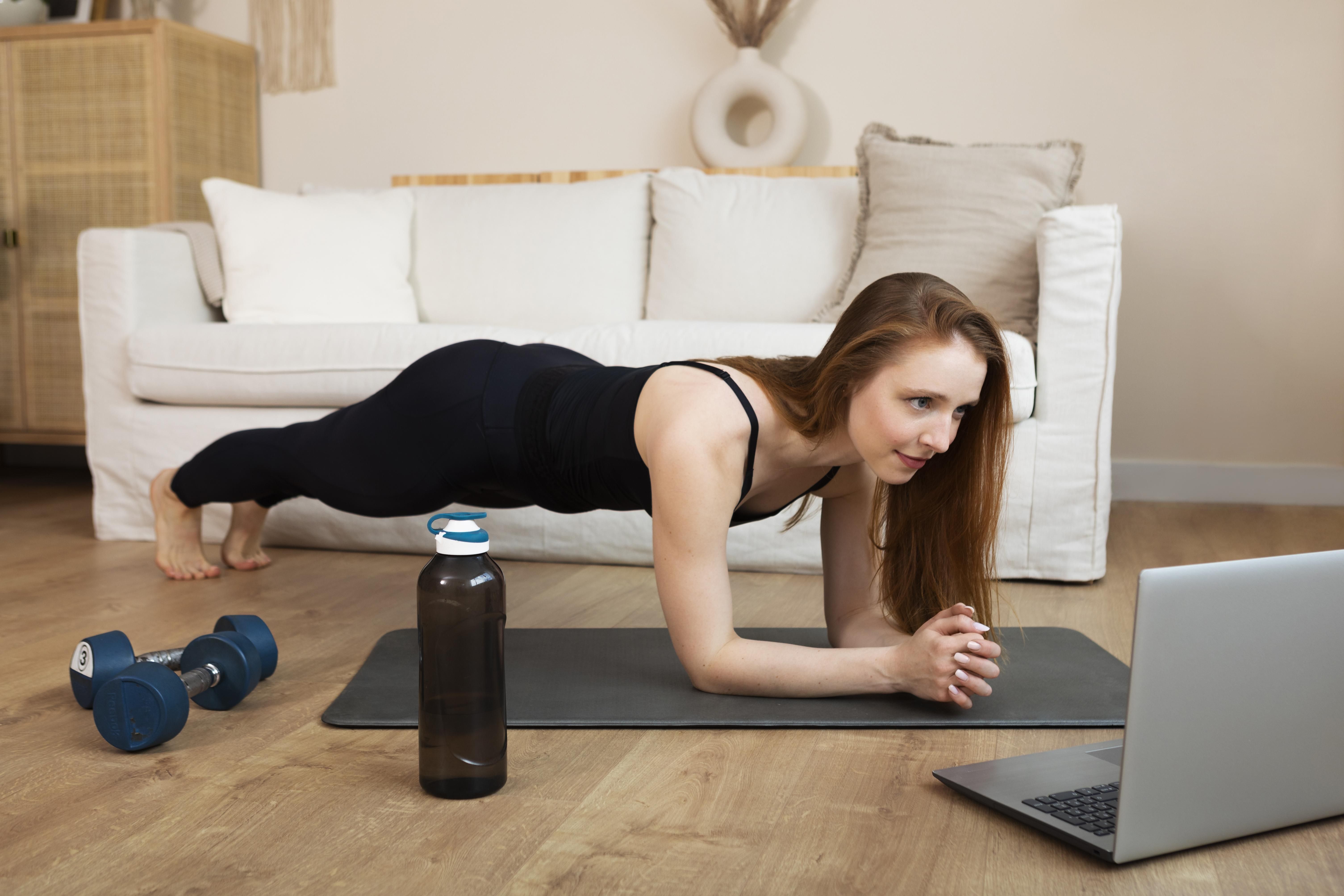
Hold this pose for 1 to 3 minutes for complete core and upper body activation. This pose is suitable for those who feel their shoulders and core are too weak for the Chaturanga Dandasana pose.
2. Utthita Chaturanga Dandasana (High Plank Pose) - This pose is the best way to intensify resistance in your arms and core. Try moving from the low plank to the full arms plank variation.
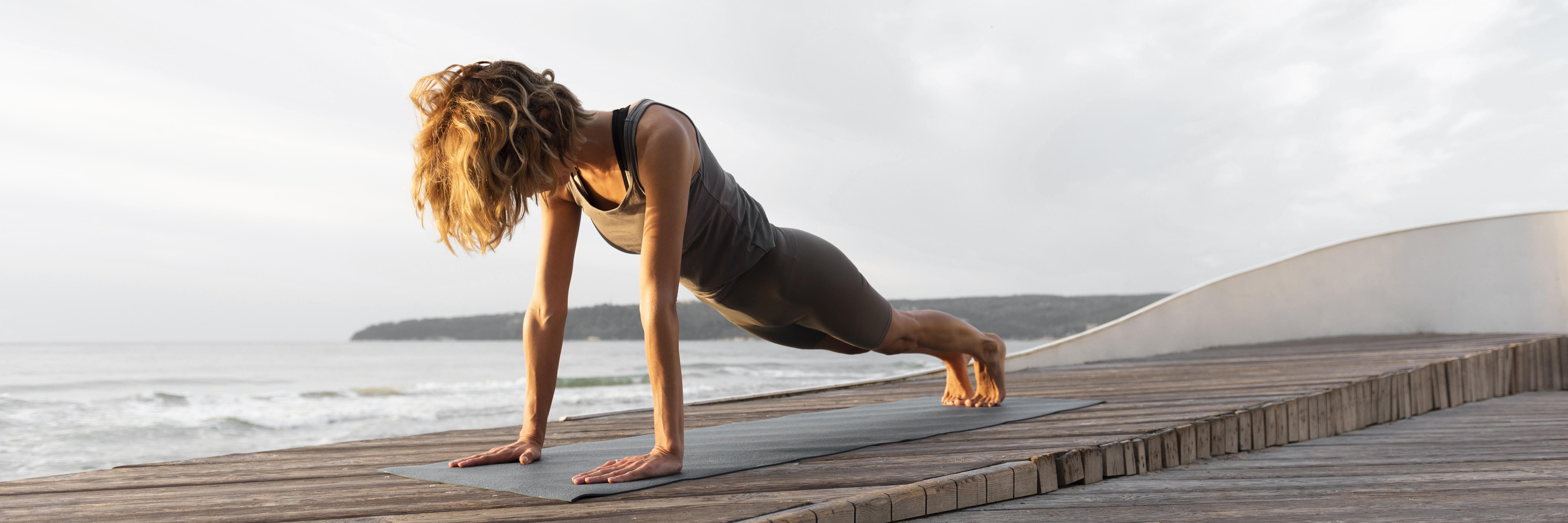
Inhale and lift your elbows from the ground. Now, keep your arms straight but try not to lock your elbows. Hold your body on your toes and palms for 1 to 3 minutes.
3. Bhujangasana (Cobra Pose) - Inhale and move from Plank pose into a Cobra backbend. Exhale deeply, and hold the Cobra pose for 3 to 5 minutes.
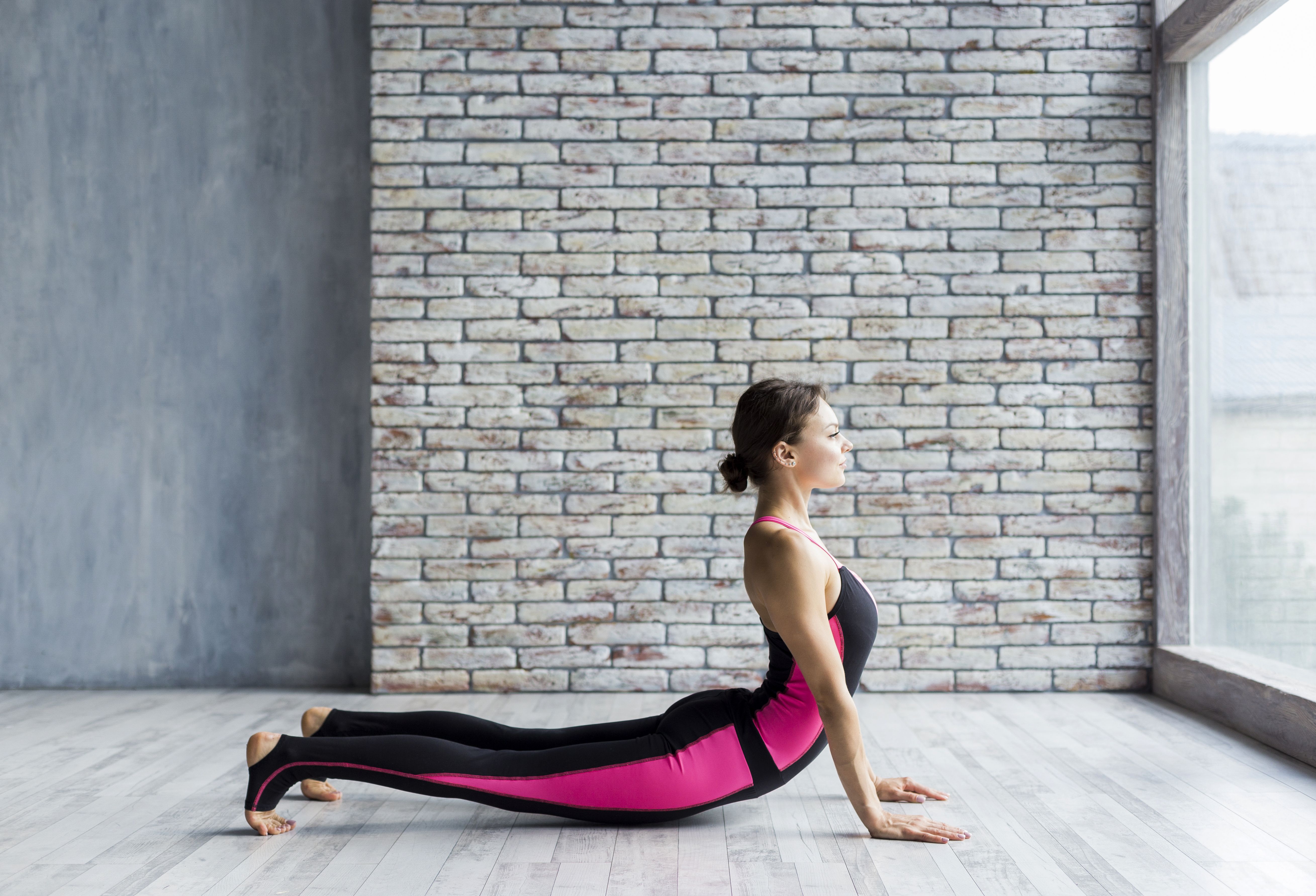
This pose will help increase blood circulation in your lower back, shoulders, neck, and spine to avoid unnecessary pain or injury.
Part 2: Step-by-Step Instructions to Perform Chaturanga Dandasana
The following are steps to practice the Four-Limbed Staff pose:
Step 1- Place your hands and knees flat on the mat, with your toes curled toward your knees and your wrists aligned with your shoulders.
Step 2- Lift your knees off the ground and extend your legs behind you one at a time until your legs are straight.
Step 3- Keep your neck, spine, and glutes straight in a line. Also, ensure your core is tight and your elbows are close to your chest.
Step 4- Pull your shoulder blades together. Bend the elbows and lower your body until your upper arms align with your torso.
Step 5- Hold this position for 3 to 5 full breaths here. Then release the pose by either getting into an Upward-Facing Dog Pose or Reverse Corpse Pose to relax your body.
Breath Awareness:
Inhale as you engage your arms, core, shoulders, and legs.
Exhale as you lower your upper body close to the ground.
Performance Duration for Beginners: Hold the Chaturanga Dandasana for 30-60 seconds.
Performance Duration for Advanced: Hold the Chaturanga Dandasana for 1 to 5 minutes.
Part 3: Things to Keep in Mind
Safely executing yoga asanas is the essential goal of every new yogi. Here are a few ways to keep your posture safe and well-aligned:
Learn the difference between engaging and locking: Engagement of muscles will help you find your actual strength with which you can hold the Chaturanga Dandasana for longer lengths of time.
Many people lock their joints while engaging the muscles – this can cause joint stress and pain. So, make sure to keep a slight bend in all of your joints even when every muscle is tight in your body.
Part 4: Relaxing Poses After Chaturanga Dandasana
Your arms, shoulder, and spine will require some relaxation after practicing Chaturanga Dandasana. Here are a few counter-poses you can try:
1. Purvottanasana (Reverse Plank Pose) - This pose will counteract all the effects of the Low Plank pose by stretching pectoralis minor, pectoralis major, and anterior deltoids.
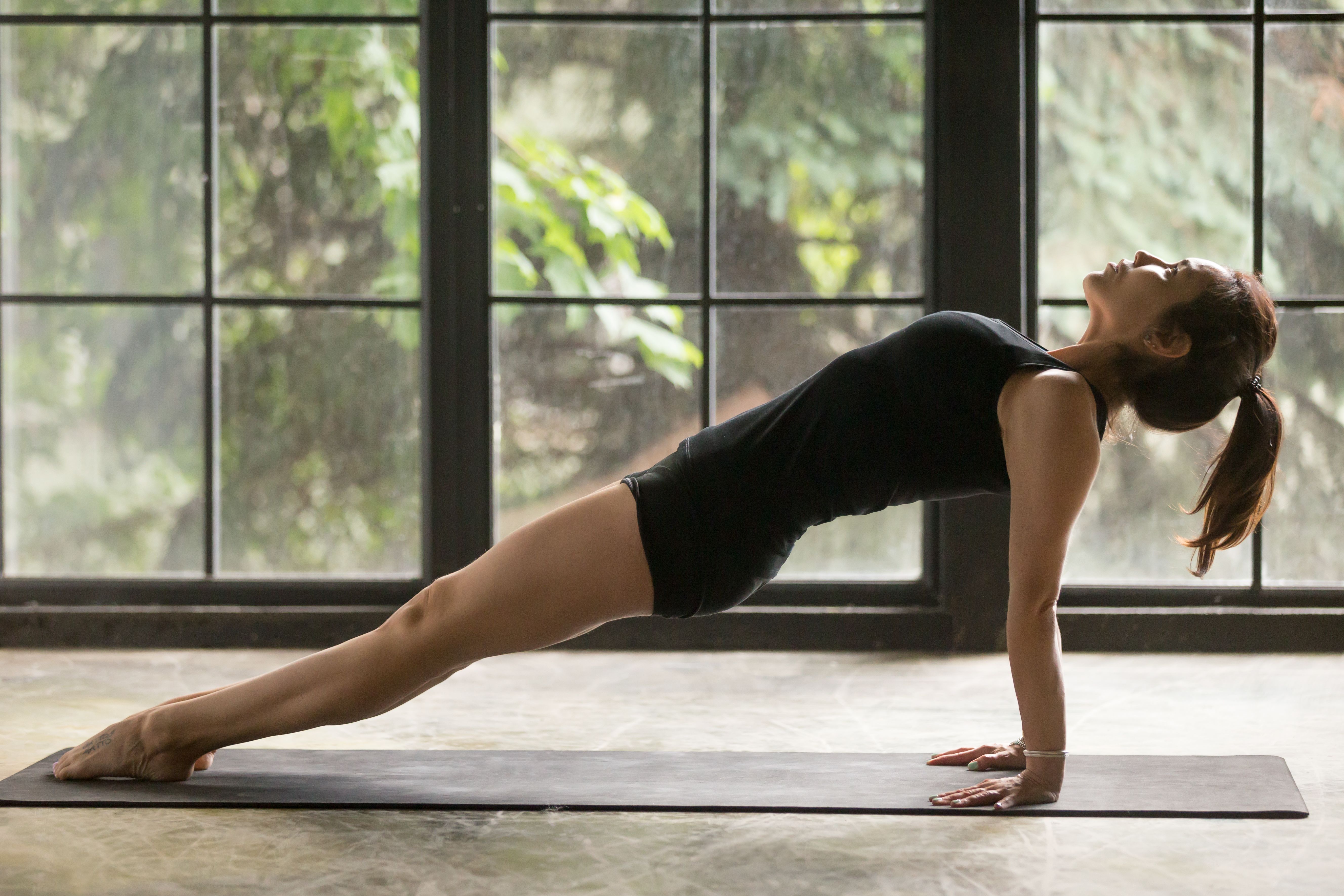
Hold your body in this stance for 1 to 2 minutes and release, returning to the Seated Staff pose.
2. Urdhva Mukha Svanasana (Upward-Facing Dog Pose) - From Chaturanga Dandasana, you can straighten up into the Upward Dog pose. Traditionally, your body only balances on your palms and toes, but during relaxation, you can modify this pose by keeping your legs on the ground.
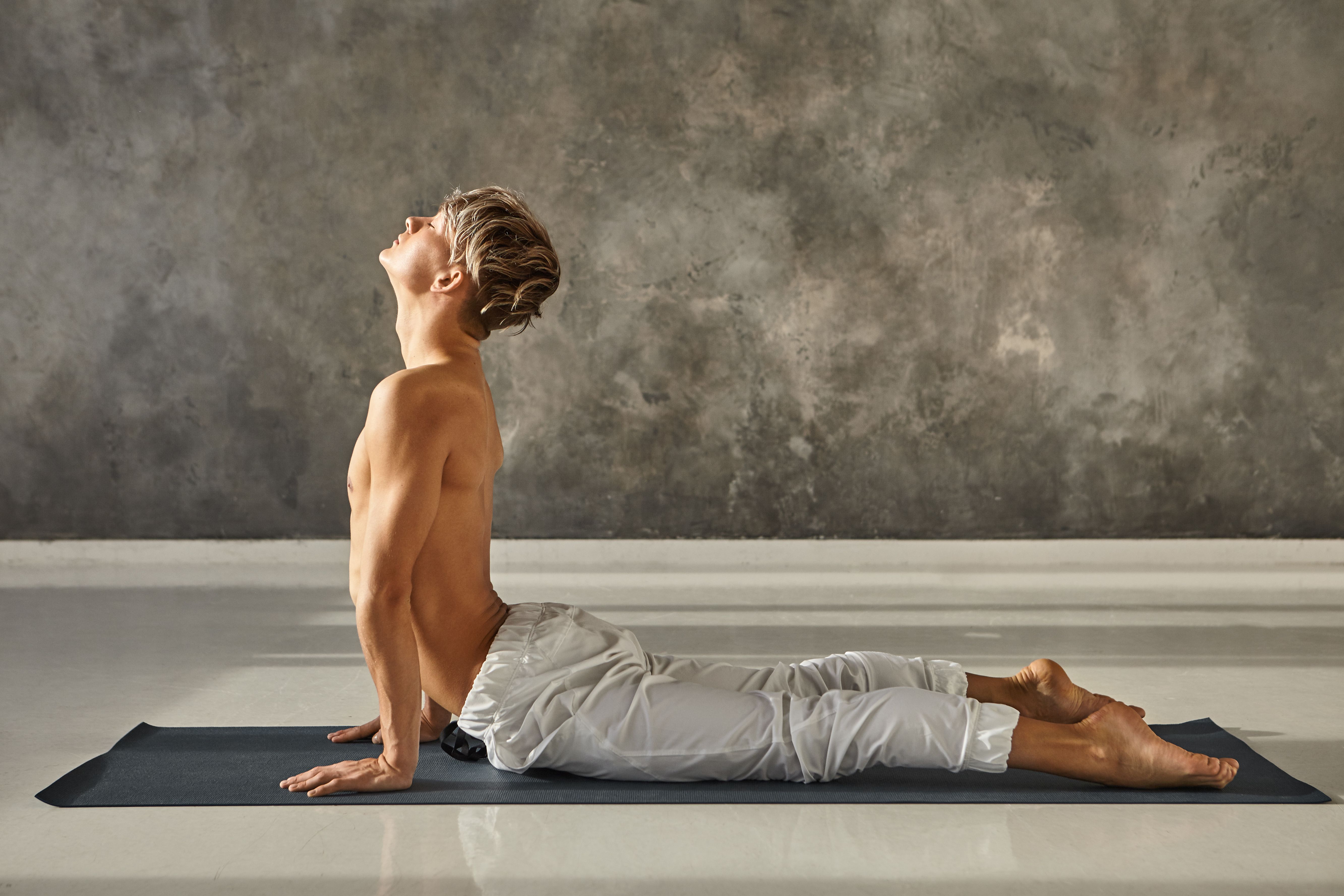
Take a deep breath, stretch your neck upwards, and slightly drop it at the back. This is a backbend posture, which will stretch and relax your spine, tailbone, neck, shoulders, and lower back. Hold this for 1 to 2 minutes.
3. Adho Mukha Svanasana (Downward-Facing Dog Pose) - Continue moving from the Upward Dog pose into the Downward Facing Dog pose. With this pose, you can relax any leftover tension in your shoulders, spine, chest, arms, and legs.

Hold this for as long as your body feels comfortable, and all the tension in your body is completely released.
Chaturanga Dandasana Variations to Consider
Every yogi’s journey is different due to varying physical abilities. So, depending on your physical capabilities, choose from the following Chaturanga variations that will work for you the best:
1. Ashtangasana (Eight-Limbed Pose): It is an assisted version of Chaturanga Dandasana for those who feel balancing on the core is challenging. As the name suggests, Ashtangasana means a yoga pose with eight parts of your body in contact with the floor.
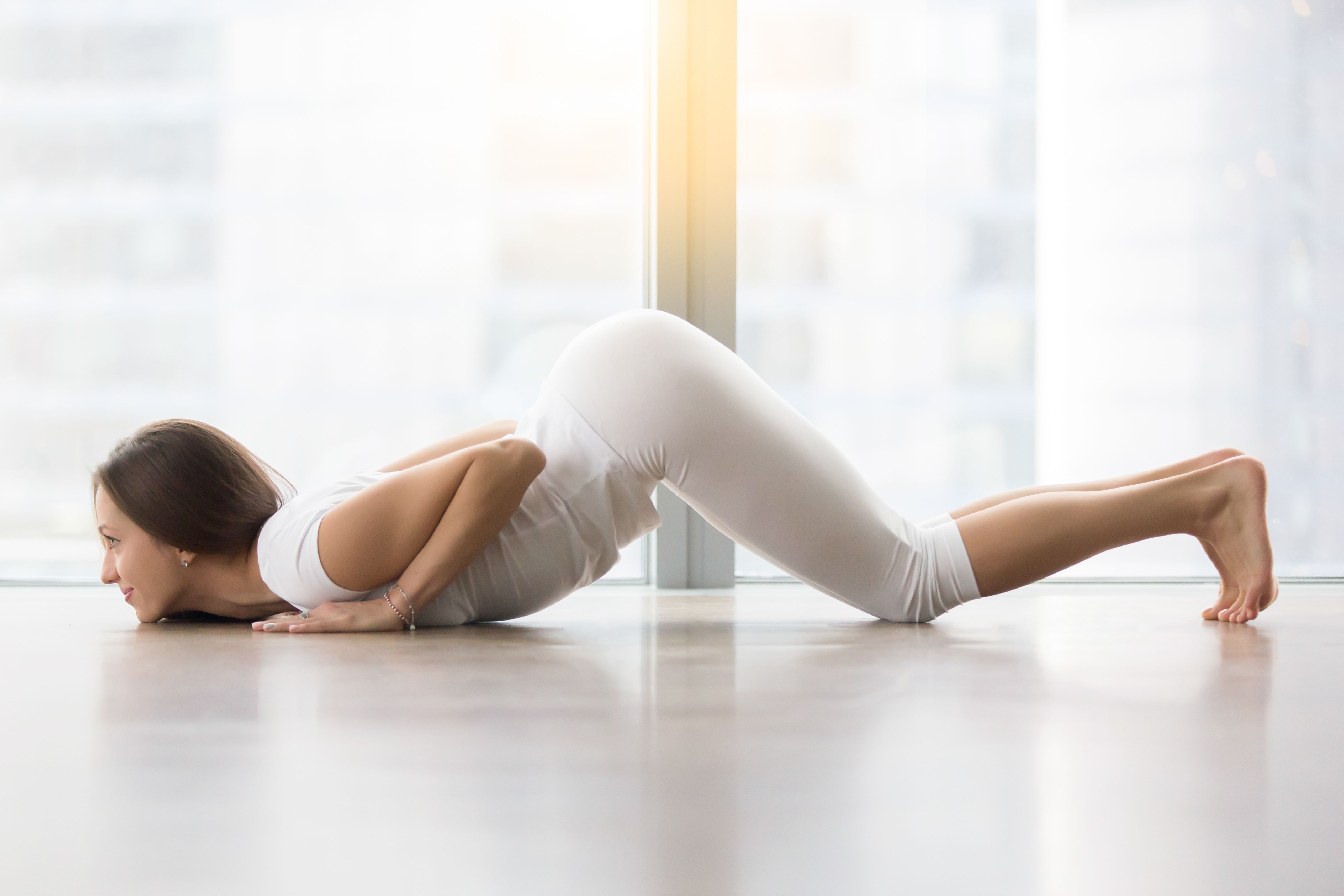
To get into this pose, just balance your entire body on your knees, toes, palms, and shoulders. This is a great hip, back, chest, and shoulder opening pose.
2. One-Legged Eight-Limbed Pose:
If you want to increase your core strength for Chaturanga but you aren’t feeling very strong, you can continue the Ashtangasana this time with an added variation.
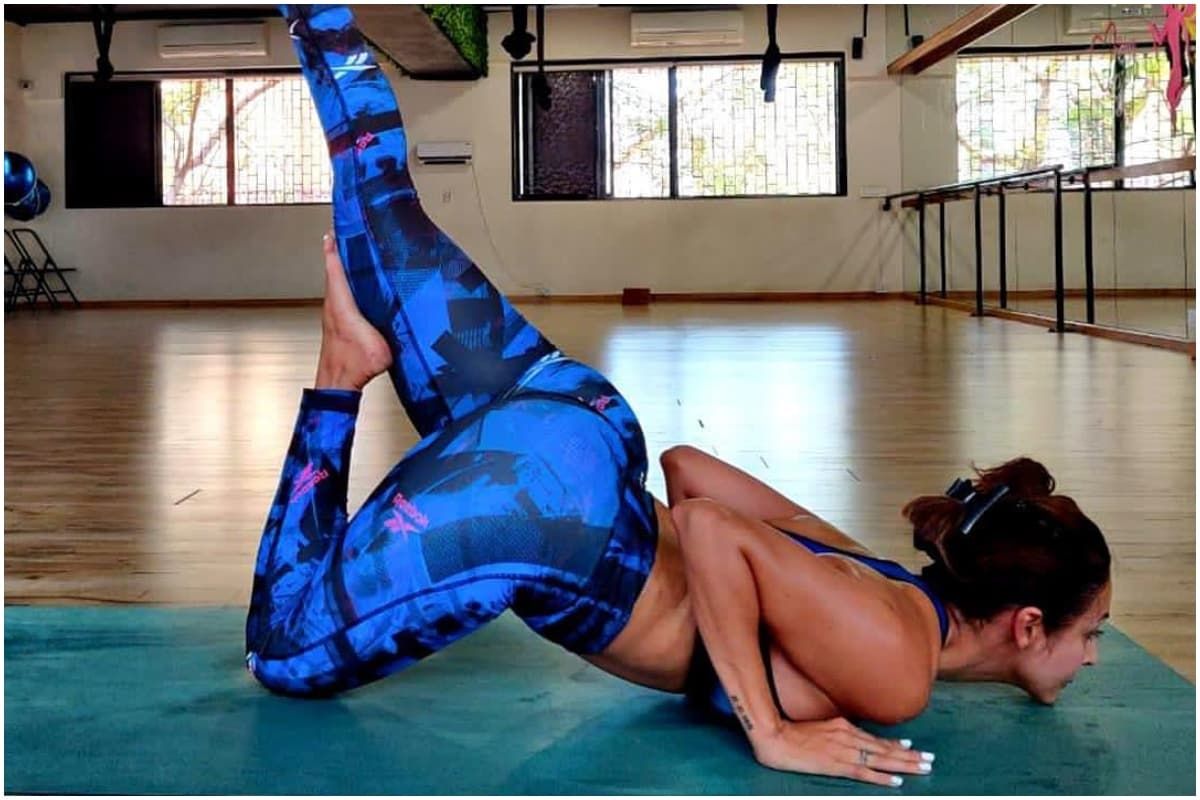
Just make sure to lift only one leg up. Hold your leg up for a minute, release it, and repeat the same on the other side.
3. One-Legged Four-Limbed Staff Pose:This is an advanced pose for Chaturanga Dandasana. You can slowly release one toe off the ground and keep balancing your body on three limbs in this position.
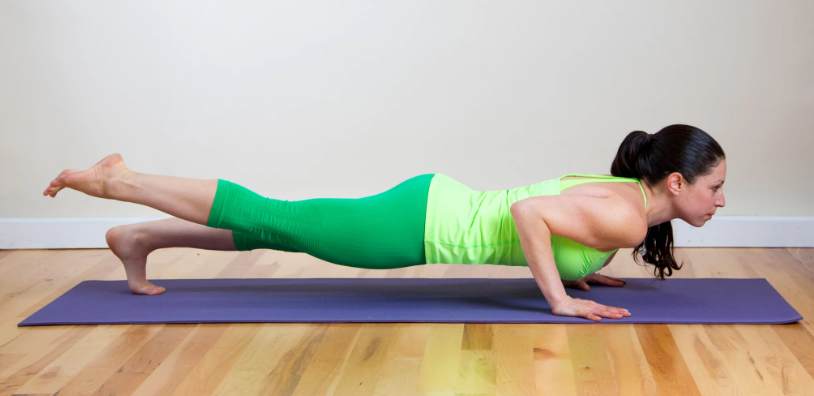
After a few seconds, put the lifted leg back on the ground and now repeat the same on the other side.

Enjoy a Free 1-on-1 Session with a Coach!
Receive personalized guidance tailored to your unique fitness goals, live with a dedicated coach—no credit card required.
Frequently Asked Questions about Chaturanga Dandasana
Very similar to High Plank pose, Chaturanga Dandasana or Low Plank pose can assist with the following benefits:
- It strengthens your front thighs and quads.
- It strengthens your shoulders and chest muscles.
- It improves the joint's range of motion in your elbows.
- It can improve sitting and standing posture alignment.
- It intensifies the pressure around the triceps, biceps, and abs.
- It helps in burning stubborn arm, abdominal, and thigh fat.
The difference between Chaturanga and Vinyasa is that Vinyasa is a yoga type in which many dynamic movements flow one after another. Whereas Chaturanga is a yoga pose that is usually performed during Vinyasa Yoga flow.
Utthita Chaturanga Dandasana, or High Plank Pose, has the following health benefits:
- It helps in improving your posture.
- This pose will strengthen your arms and core.
- It helps to build a strong foundation for low plank pose.
- This will help you lose weight around your waist.
- Strengthens your obliques and shoulders.
Chaturanga Dandasana means a stick-like posture that is balanced on four body limbs. Here, the legs and spine are straight – stick-like – and the entire body is horizontally poised on toes and palms.
To perform Chaturanga Dandasana, follow the steps below:
1. Get into standing forward bend pose and walk your hands into a high plank.
2. Keep your legs, spine, and neck straight in one line.
3. Inhale and align your elbows close to your chest. Make sure your core and shoulders are engaged.
4. Exhale as you bend your elbows with your body close to the ground.
5. Hold this pose for a few seconds, and then relax in Upwards Facing Dog or Cobra pose.



.webp)
%20(7).jpg)




